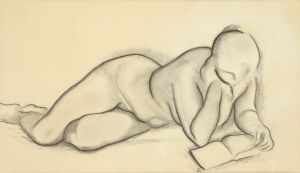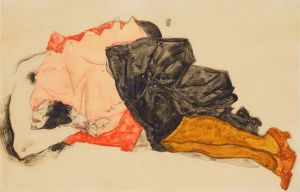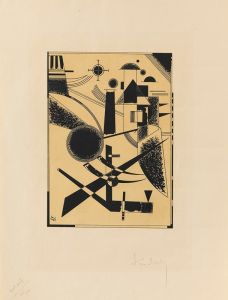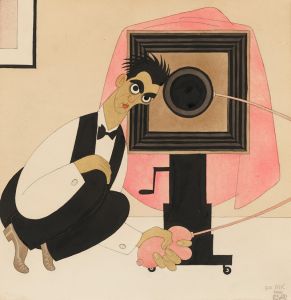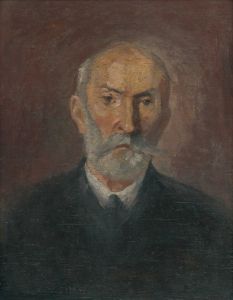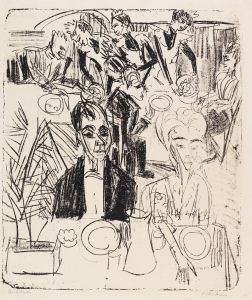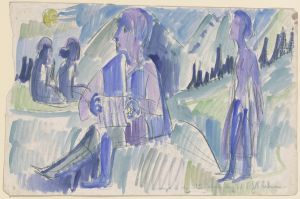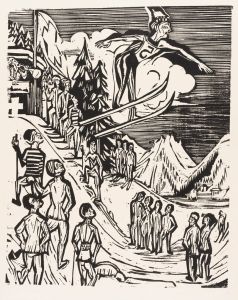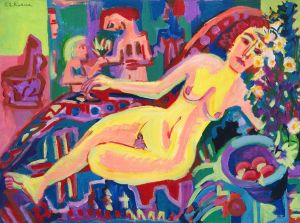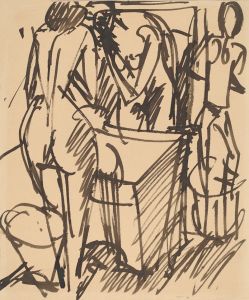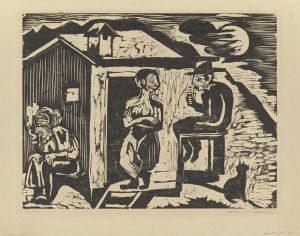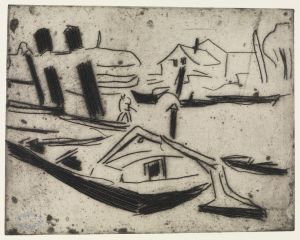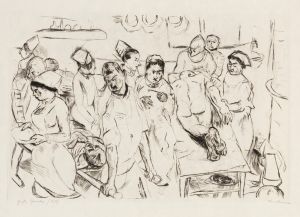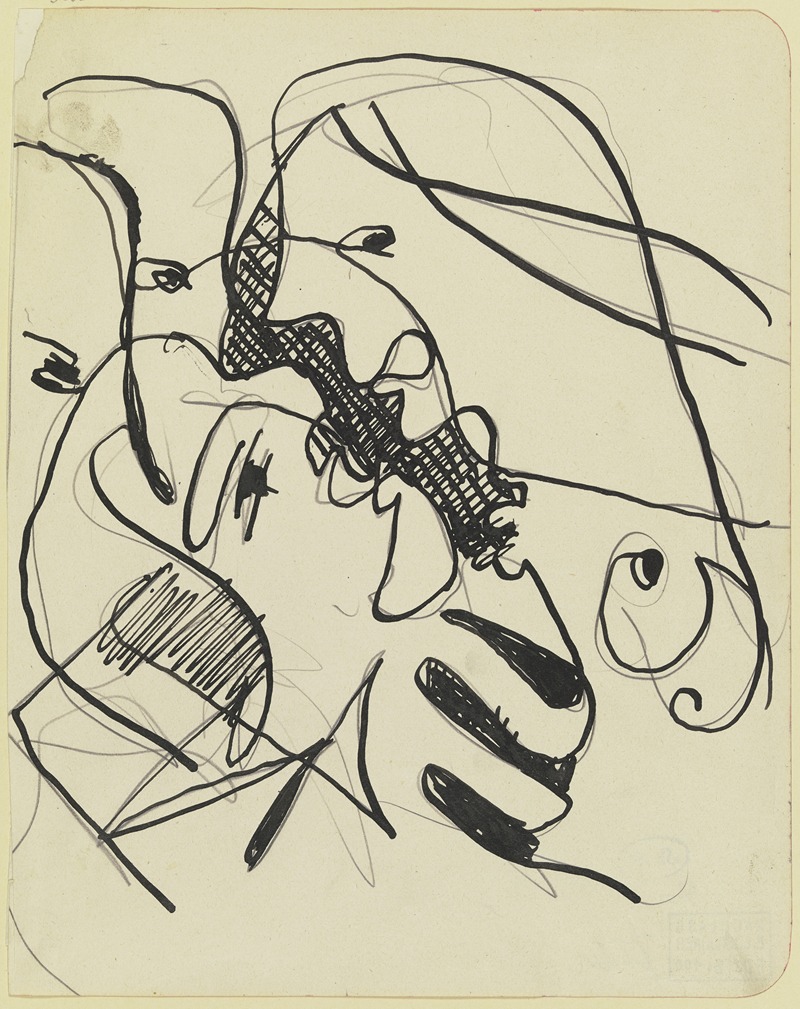
Four heads
A hand-painted replica of Ernst Ludwig Kirchner’s masterpiece Four heads, meticulously crafted by professional artists to capture the true essence of the original. Each piece is created with museum-quality canvas and rare mineral pigments, carefully painted by experienced artists with delicate brushstrokes and rich, layered colors to perfectly recreate the texture of the original artwork. Unlike machine-printed reproductions, this hand-painted version brings the painting to life, infused with the artist’s emotions and skill in every stroke. Whether for personal collection or home decoration, it instantly elevates the artistic atmosphere of any space.
Ernst Ludwig Kirchner's Four Heads is a notable work by the German Expressionist painter and printmaker. Kirchner, a founding member of the influential art movement Die Brücke (The Bridge), was known for his bold use of color, dynamic compositions, and exploration of the human form. While specific details about the creation and context of Four Heads are limited, the work reflects Kirchner's characteristic style and his interest in psychological depth and emotional intensity.
The painting or drawing, as suggested by its title, likely depicts four human heads, a subject that aligns with Kirchner's frequent focus on portraiture and the human figure. His works often emphasized raw emotion and individuality, rejecting traditional academic techniques in favor of more expressive and spontaneous forms. This approach was central to the ethos of Die Brücke, which sought to bridge the past and future of art by embracing modernity and rejecting conventional norms.
Kirchner's art was deeply influenced by the cultural and social changes of the early 20th century, as well as by non-Western art forms, particularly African and Oceanic art. These influences are often evident in his stylized and exaggerated depictions of the human figure, which convey a sense of primal energy and emotional resonance. It is possible that Four Heads incorporates these elements, though specific details about the work's composition and style are not widely documented.
Throughout his career, Kirchner faced significant challenges, including the trauma of World War I and the rise of the Nazi regime in Germany, which labeled his art as "degenerate." Despite these hardships, his work has had a lasting impact on modern art and continues to be celebrated for its innovation and emotional power.
Due to the lack of detailed information about Four Heads, further analysis of the work's themes, techniques, and historical context would require access to the piece itself or additional scholarly resources. As such, this description is based on Kirchner's broader artistic practices and the general characteristics of his oeuvre.





